The Voguls worshipped - and perhaps still worship - one especially among their gods who bears the name of "The Man Who Looks at the World." He is a god let down from heaven in two variations: with his mother and without her. With his mother he was "let down" in such a way that he was born as the son of a woman expelled from heaven. She fell upon the banks of the River Ob. "Under her right arm-pit two ribs broke out. A child with golden hands and feet was born."* This manner of birth, the emergence of the child from its mother's right side, betrays Buddhist influence. The Bodhisattva who later became Gautama Buddha entered his mother's womb from the right side and at the end of ten months left the right side of his mother again in full consciousness and immaculate; thus it was according to the Buddha legend of the northern sect - Mahanya Buddhism as it is called. "The Man Who Looks at the World" is an exact translation of "Avalokiteshvara," the name of the world-ruling Boddhisattva in the above religion, whose missionaries are dispersed throughout Northern Asia. Avalokiteshvara is just such a divinity compassionately observing the world as the god of the Voguls became.
* B. Munkácsi, Vogul Népköltési Gyűjtemény, Budapest, Vol. II, 1 (1910), p. 99
C. Kerényi, The Primordial Child in Primordial Times, in C. G. Jung and C. Kerényi, Science of Mythology. Essays on the Myth of the Divine Child and the Mysteries of Eleusis, trans. R.F.C. Hull, Routledge, London, 1985, 2002, p. 36



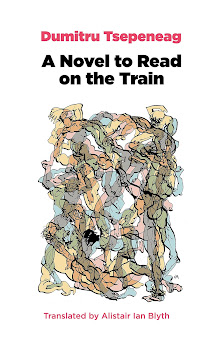
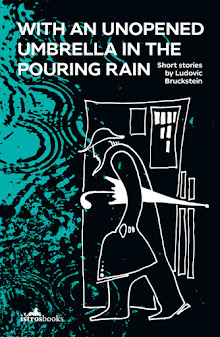

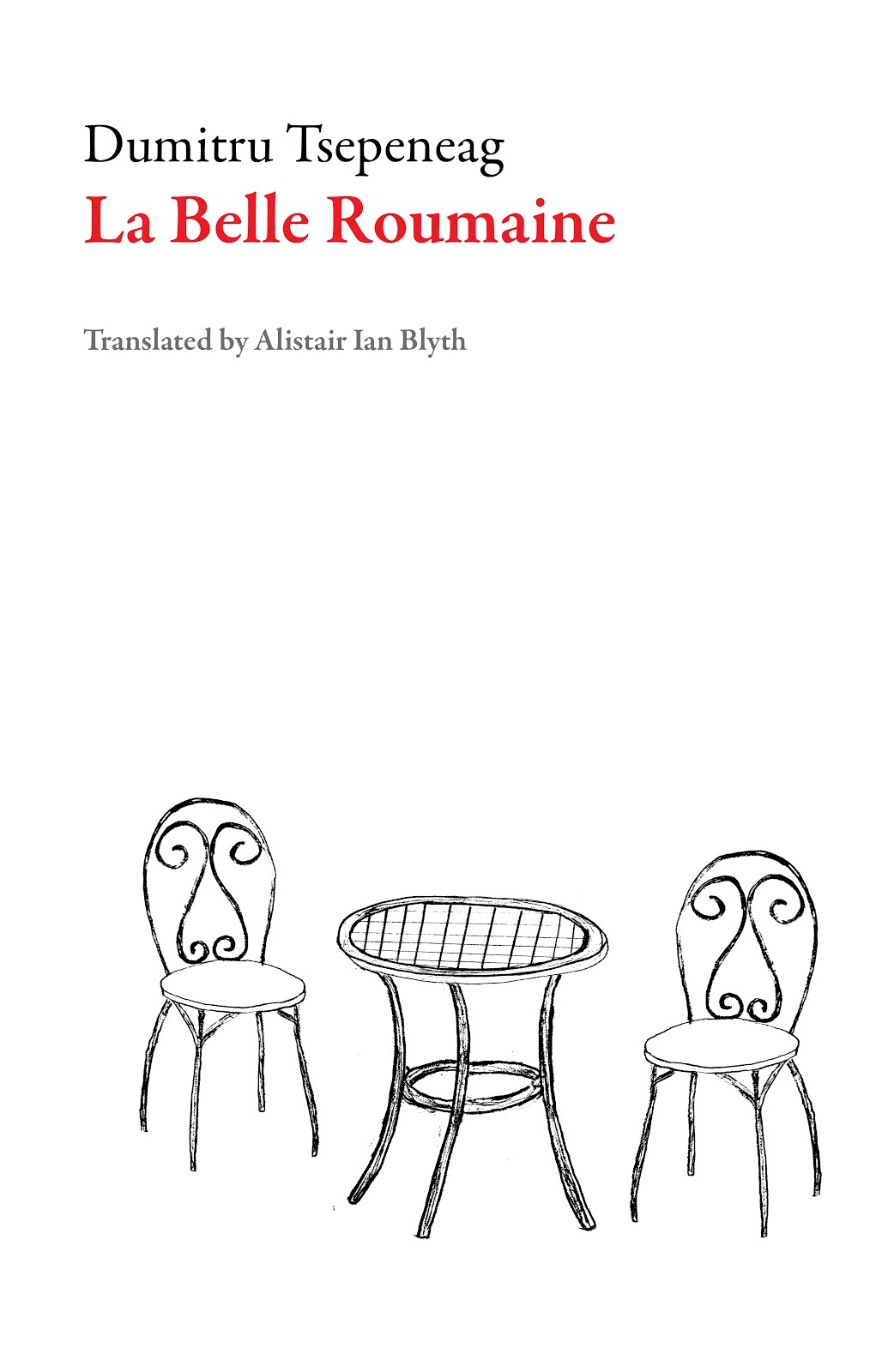

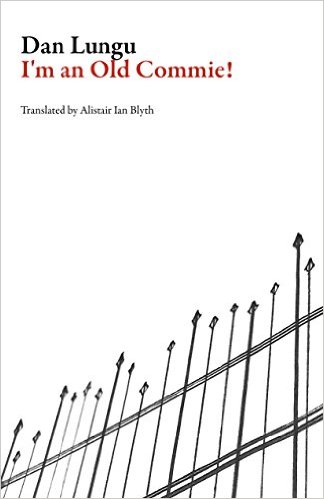
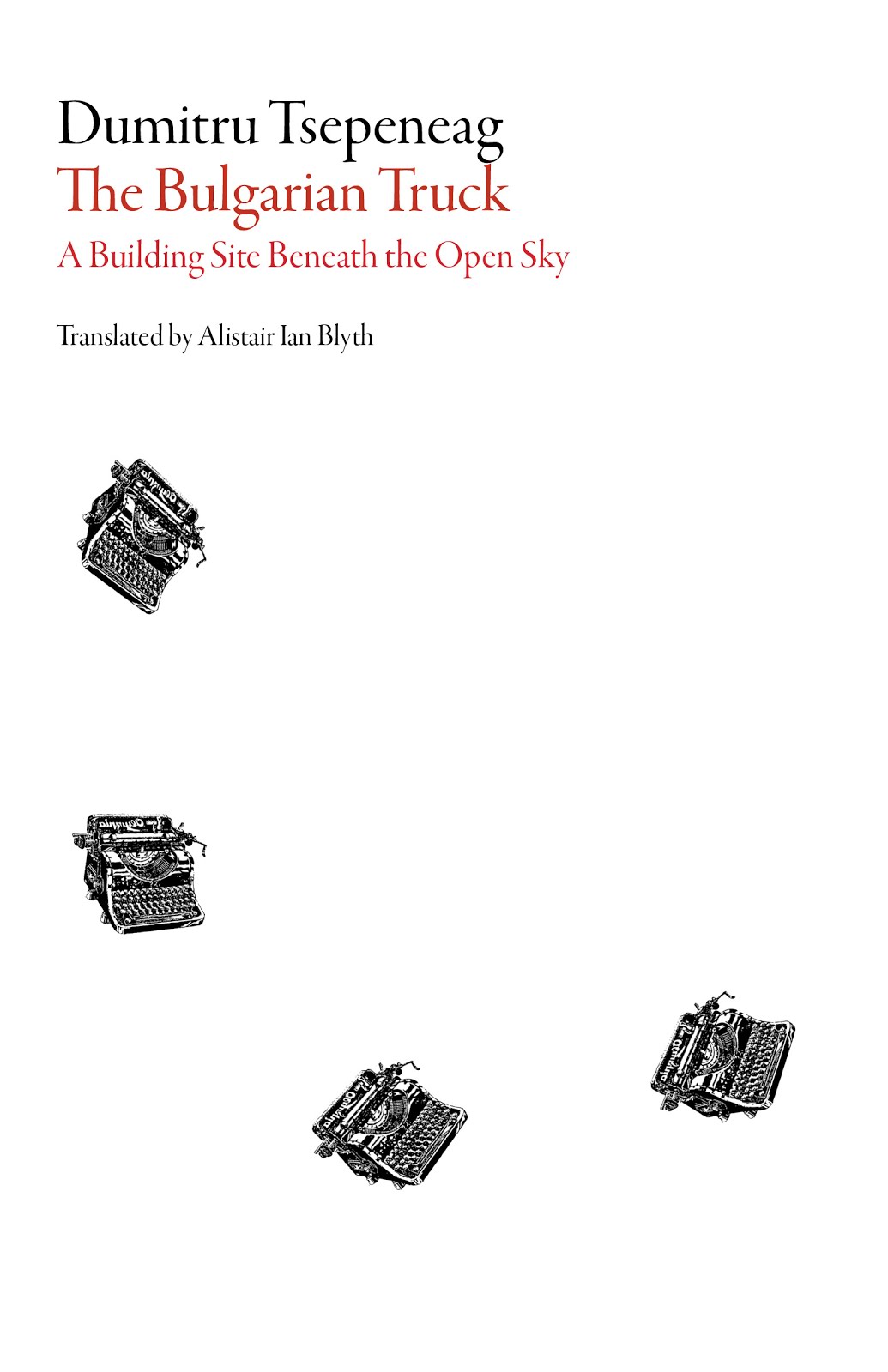

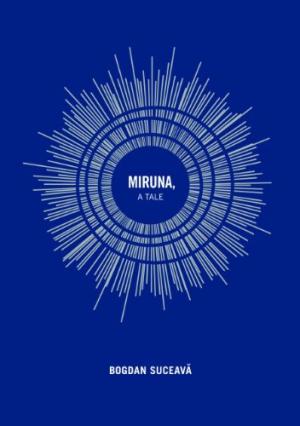
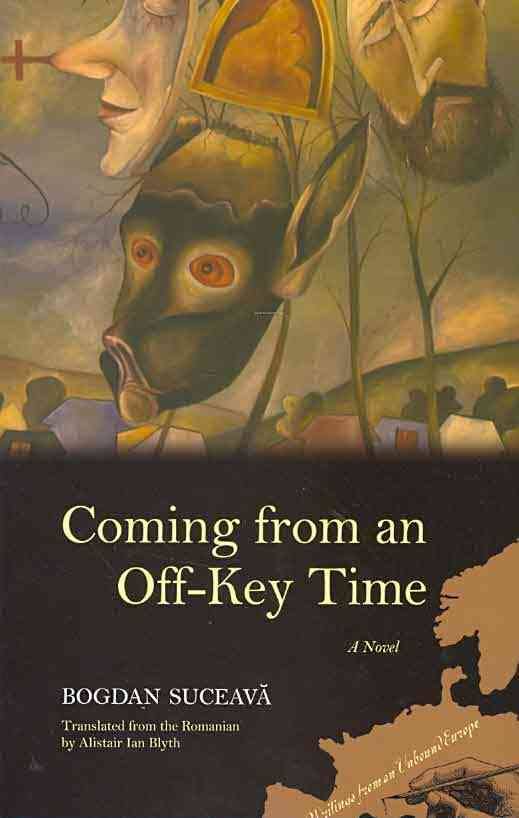
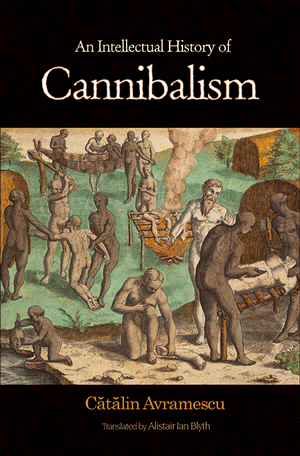
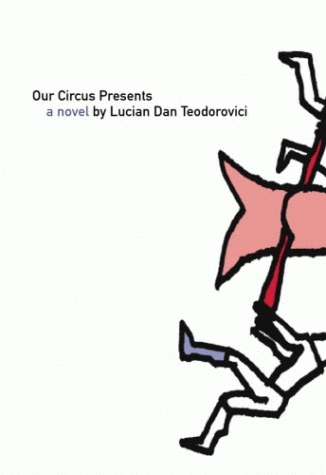
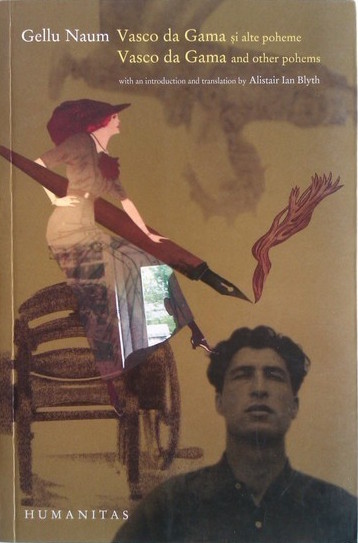





No comments:
Post a Comment